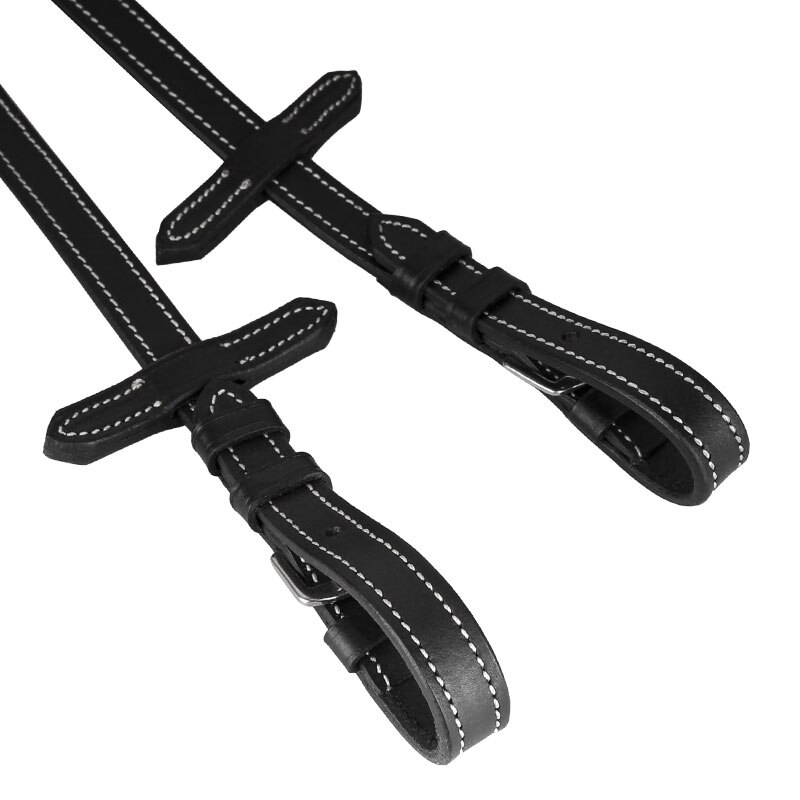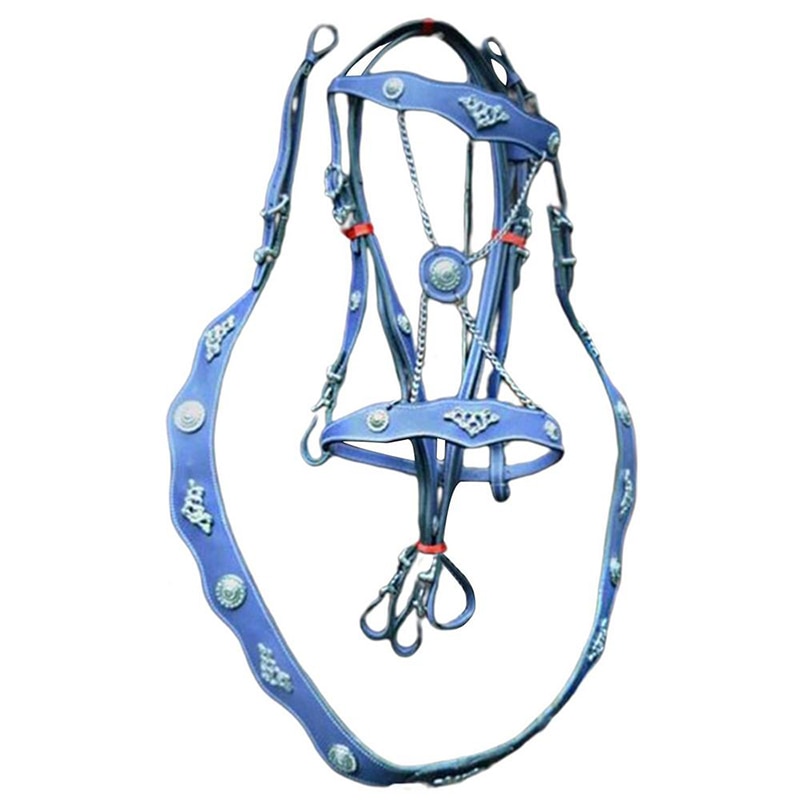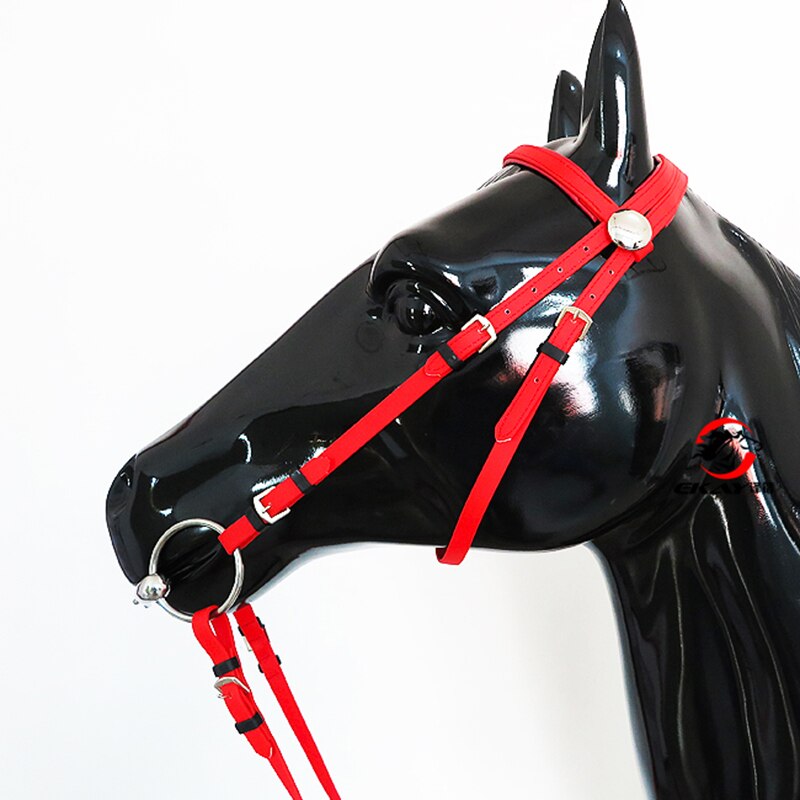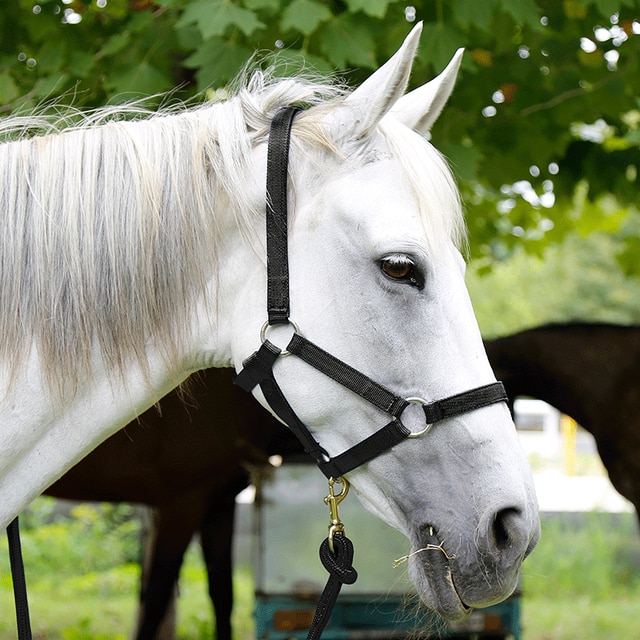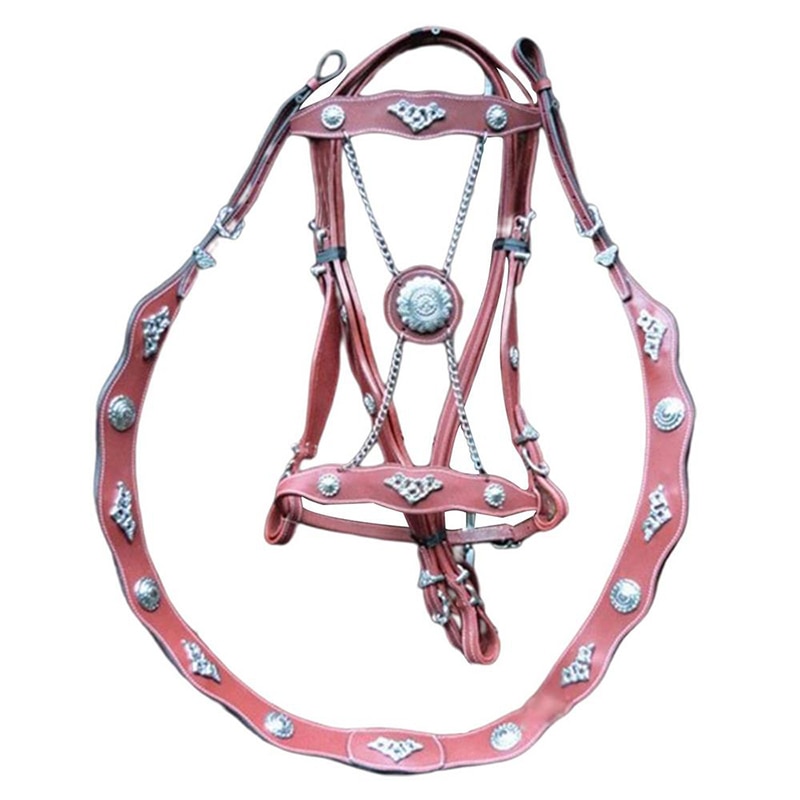
The holiday season is a time for celebrations, and for those who love horses, it’s the perfect opportunity to incorporate festive flair into your equine gear. Holiday bridles and halters are a unique way to add a touch of seasonal charm to your horse’s attire. Whether you’re preparing for a holiday parade, a festive photo shoot, or simply want to bring some holiday spirit to your barn, this guide will help you explore the options for holiday bridles and halters, providing tips on selection and styling to make your horse shine during the festive season.
The Appeal of Holiday Bridles and Halters
Holiday bridles and halters offer more than just functional value—they bring festive joy and style to your equine companions. Here’s why incorporating holiday-themed gear can enhance your celebrations:
1. Festive Spirit
Holiday bridles and halters infuse your horse’s appearance with the holiday spirit. Whether adorned with festive colors, patterns, or decorations, these accessories can make your equine friend stand out and join in the celebrations.
2. Photo Opportunities
The holiday season is a popular time for capturing memorable photos with family and pets. Holiday bridles and halters provide a charming and seasonal touch, ensuring your horse looks festive and photogenic.
3. Event Participation
For those involved in holiday parades, shows, or community events, holiday-themed bridles and halters can enhance your horse’s participation and showcase your festive enthusiasm.
Types of Holiday Bridles and Halters
Holiday bridles and halters come in a variety of styles and designs, each offering a unique way to celebrate the season. Here’s a look at some popular options:
1. Festive Colors and Patterns
Bridles and halters in classic holiday colors and patterns bring a cheerful touch to your horse’s attire.
- Red and Green: Traditional holiday colors like red and green are popular choices. Look for bridles and halters in these hues or with festive patterns such as candy canes, holly, or snowflakes.
- Metallic Accents: Gold and silver accents can add a touch of sparkle and elegance. These metallic details can be incorporated into the hardware or decorative elements of the bridle or halter.
2. Decorative Embellishments
Add a touch of holiday cheer with decorative elements that enhance the festive look.
- Christmas Ornaments: Some bridles and halters feature festive ornaments such as bells or small Christmas tree charms. These add a playful and seasonal touch.
- Sequins and Glitter: Sequins or glittery embellishments can make your horse’s gear shine and sparkle, perfect for holiday events and photo shoots.
3. Custom and Personalized Gear
For a unique and tailored touch, consider custom or personalized holiday bridles and halters.
- Custom Embroidery: Add your horse’s name or a holiday message with custom embroidery. This personal touch makes the gear stand out and adds a special element to the holiday celebrations.
- Bespoke Designs: Work with designers to create bespoke bridles and halters featuring custom holiday motifs or colors that match your vision.
4. Seasonal Themes
Incorporate specific holiday themes into your bridles and halters to align with particular celebrations.
- Christmas Themes: Look for bridles and halters adorned with Christmas-themed designs such as reindeer, snowmen, or Santa hats.
- Hanukkah Themes: Opt for designs featuring menorahs or dreidels for a Hanukkah-themed look.
Tips for Choosing and Styling Holiday Bridles and Halters
To ensure your holiday bridles and halters enhance your equine celebrations, consider the following tips:
1. Quality and Comfort
Choose high-quality bridles and halters that are comfortable for your horse. Ensure that any decorative elements do not interfere with the gear’s functionality or the horse’s comfort.
2. Safety Considerations
Make sure that holiday embellishments are securely attached and do not pose any safety risks. Avoid sharp edges or small parts that could potentially cause harm.
3. Match with Other Gear
Coordinate your holiday bridle or halter with other equine gear such as saddle pads or blankets. A cohesive look enhances the overall festive appearance and ensures your horse is well-dressed for the occasion.
4. Easy Maintenance
Consider the ease of cleaning and maintaining holiday gear. Opt for materials that are easy to clean and care for, ensuring that your gear remains in good condition throughout the holiday season.
5. Personal Style
Select designs that reflect your personal style and the festive mood you want to create. Whether you prefer a classic, elegant look or a playful and whimsical style, choose gear that aligns with your vision for the holiday celebrations.
How to Incorporate Holiday Bridles and Halters into Your Celebrations
Here’s how to make the most of your holiday bridles and halters:
1. Festive Photo Shoots
Arrange a holiday-themed photo shoot with your horse dressed in festive bridles and halters. Capture memorable moments with family and friends, showcasing your horse’s holiday spirit.
2. Holiday Parades and Events
Participate in holiday parades or community events with your horse adorned in festive gear. The holiday bridle or halter will enhance your horse’s appearance and contribute to the overall festive atmosphere.
3. Seasonal Barn Decor
Incorporate holiday bridles and halters into your barn’s seasonal décor. Display them alongside other holiday decorations to create a festive environment for both horses and visitors.
4. Gift Ideas
Holiday bridles and halters make thoughtful gifts for fellow equestrians or horse enthusiasts. Consider personalized or custom designs for a special and memorable gift.
Conclusion: Celebrate in Style with Holiday Bridles and Halters
Holiday bridles and halters offer a unique way to infuse festive charm into your equine celebrations. By choosing the right designs, coordinating with other gear, and ensuring comfort and safety, you can enhance your horse’s holiday attire and create a memorable celebration.
Embrace the holiday spirit with stylish and festive bridles and halters, making your equine friend a shining star of the season.

